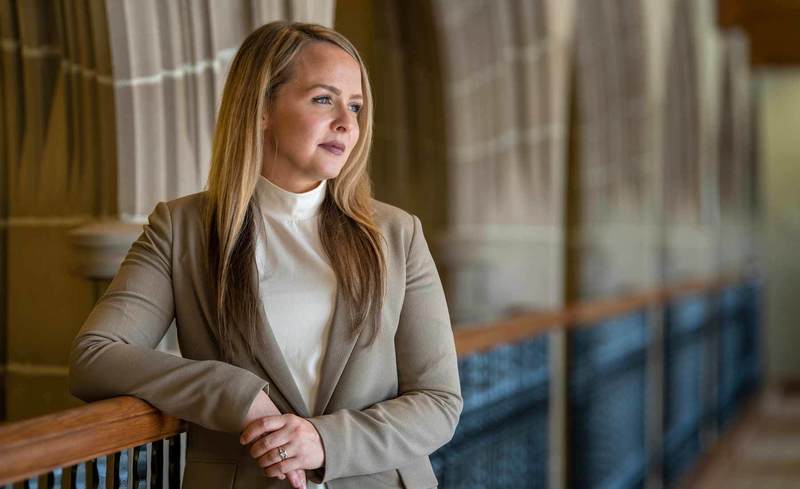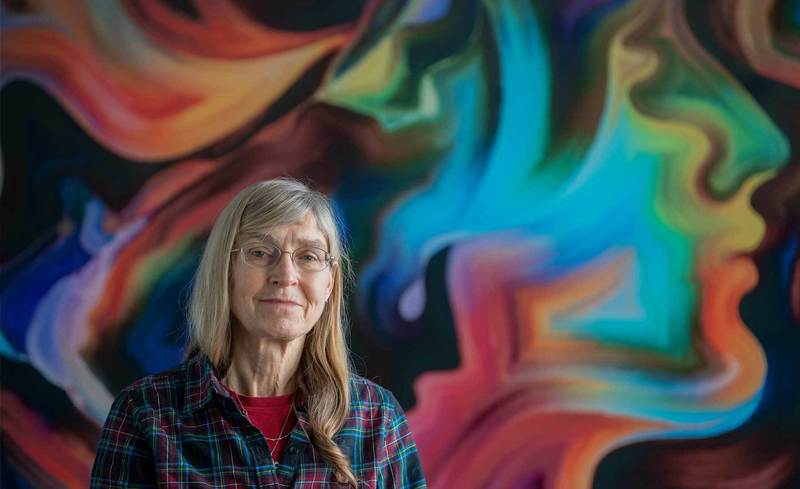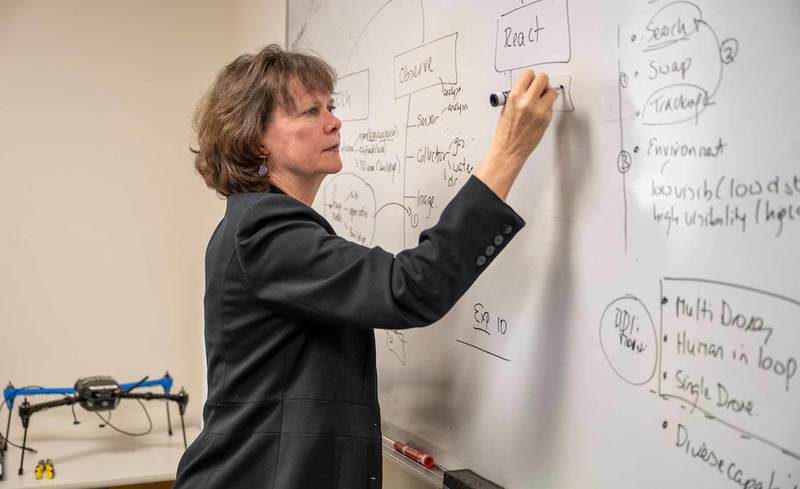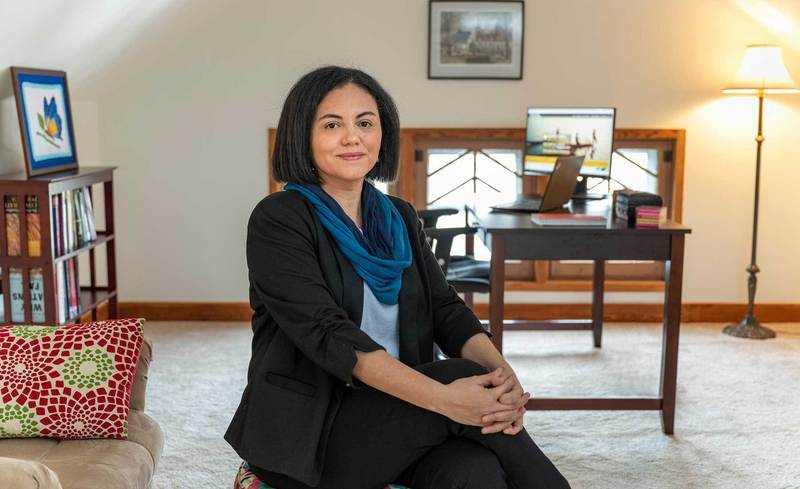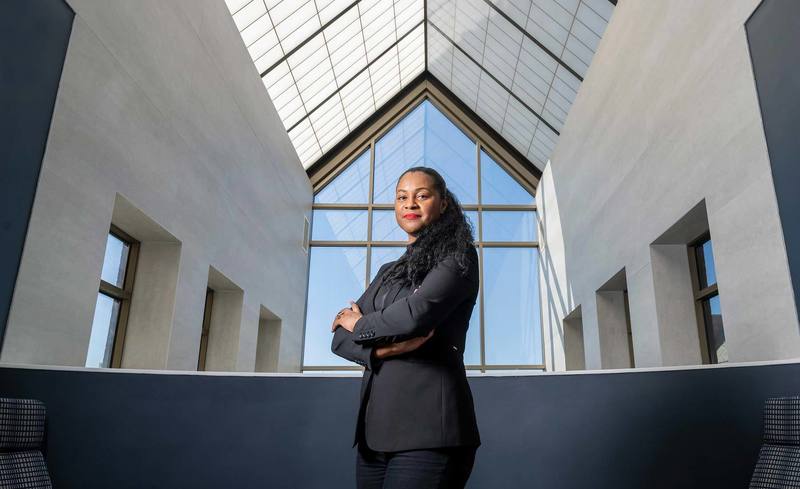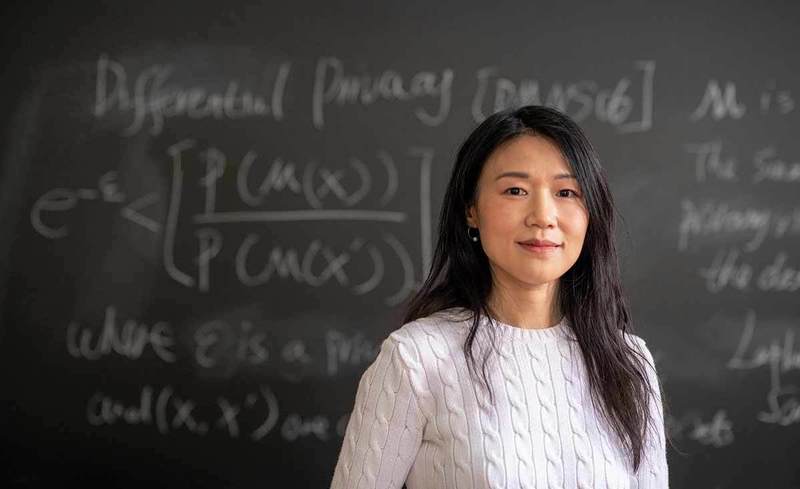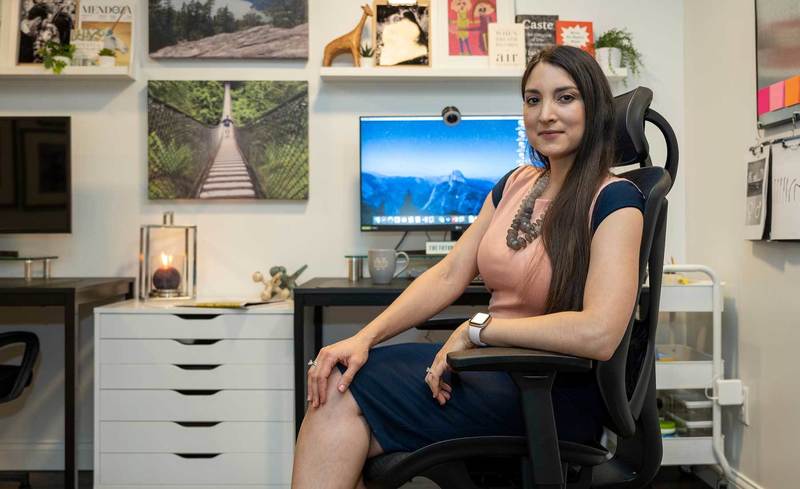Commitment, Collaboration and Craft
Aimee Buccellato
School of Architecture
Associate Professor
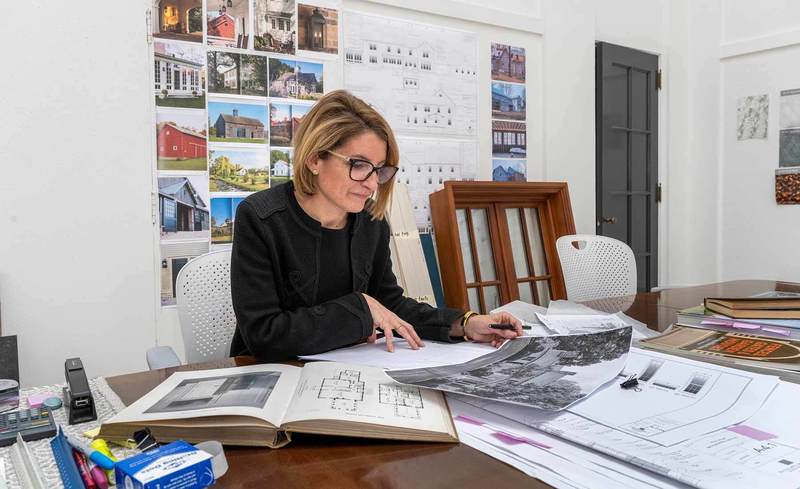
Aimee (Catrow) Buccellato ’00 recalled her path toward a career in architecture as straightforward. “I imagine it’s a fairly stereotypical story: young kid falls in love with building LEGO sets and heads to architecture school,” she said.
From the outset, Buccellato was fascinated by the way things go together, from the composition of disparate materials to the composition of cities. She learned there were careers dedicated to imagining how to put those things together in harmony with people and nature. Early on, she developed an intuition that beyond the genius that goes into beautiful design, human actors are also coordinating with one another in a collaborative and dynamic enterprise.
Yet for all her clear interest, Buccellato said her parents were skeptical when she declared around age 10 that she wanted to be an architect. She remembered that they wondered whether their daughter, whom they would describe as an “unrepentant extrovert,” would be happy in a field they perceived as typified by quiet, isolated work and individual enterprise.
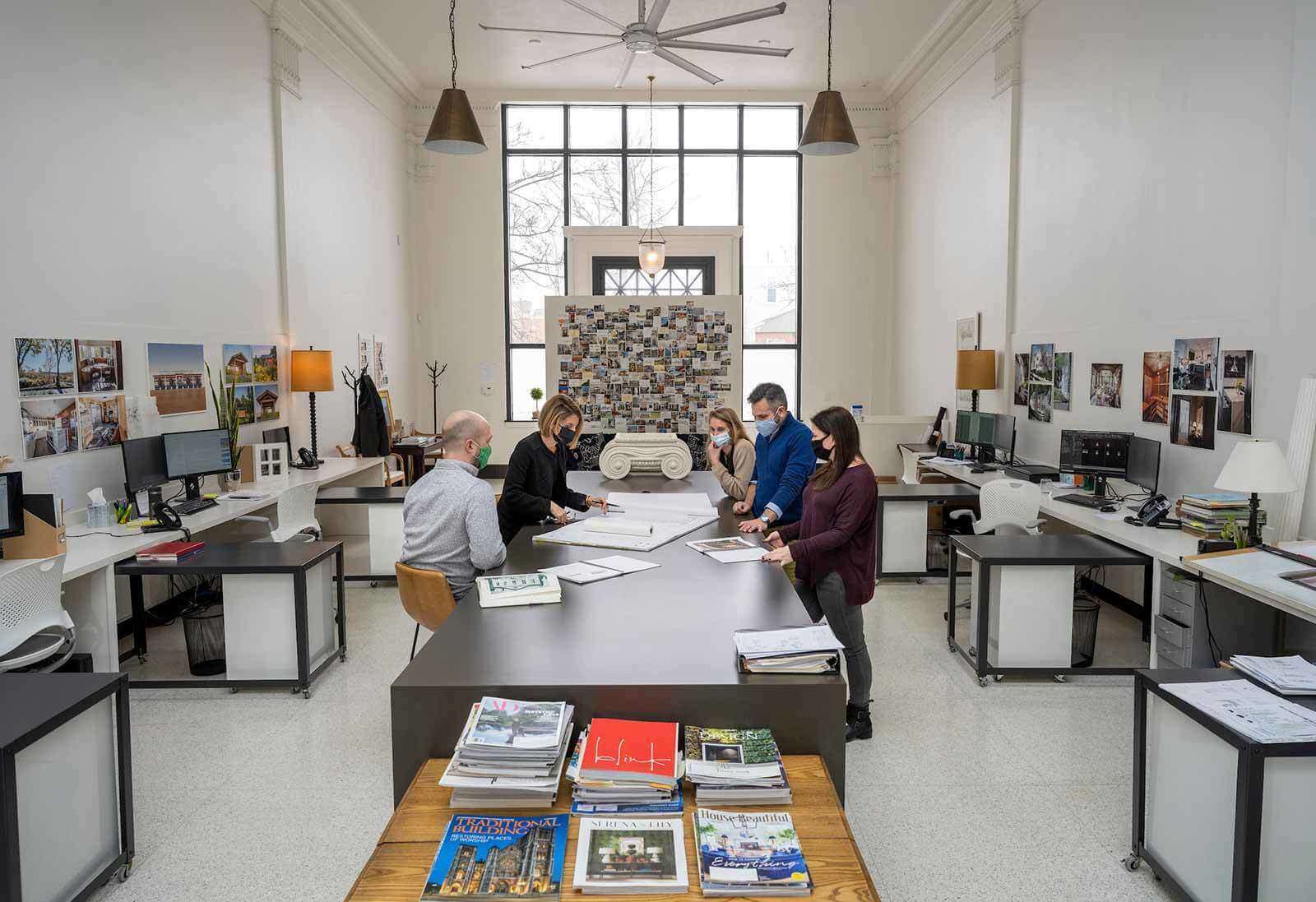
Buccellato, however, saw her path very differently. And as she built her architectural design practice and established her academic research program, she has actively pursued opportunities that enable her to expand on her core values: commitment to both craft and collaboration.
“Architects must be great communicators,” she noted. “Whether in interaction with one’s clients, staff, consultants, the construction team, the city or innumerable community stakeholders, the success of a project is ultimately a team effort. The outcome depends almost entirely on sustained and effective communication.”
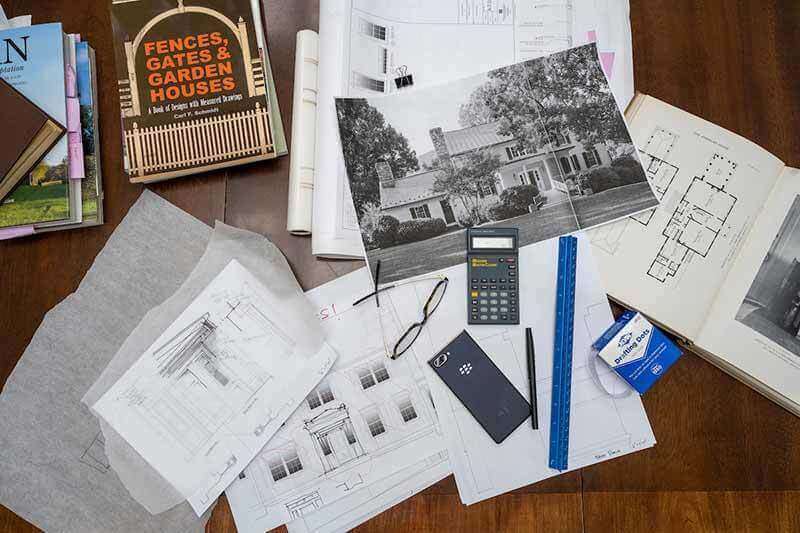
Buccellato first came to Notre Dame as an undergraduate, earning a bachelor’s degree in architecture in 2000. Inspired by extensive travel during her childhood, often to locations that provided her the chance to develop her skills by measuring and sketching masterpieces from traditions ancient to contemporary, Buccellato set off on a formative period in design and project management as an associate at G.P. Schafer Architect in New York.
With leadership, design and construction management skills honed on several award-winning projects, Buccellato went on to pursue a Master of Design Studies degree from the Harvard Graduate School of Design and subsequently accepted a teaching and research position at Notre Dame. She simultaneously moved her architectural office to South Bend. Along with her partner, Kevin Buccellato, she established a nationally recognized practice distinguished by top awards for its work in civic, commercial and residential design and preservation.
One of these awarded projects is Notre Dame’s own Morrison Family Education and Outreach Pavilion at the Notre Dame Linked Experimental Ecosystem Facility in St. Patrick’s County Park, which received several design awards, including a Citation Award for New Construction from the American Institute of Architects Indiana — the first Notre Dame-built project to receive such an award.
“There is no question that students receive the best training when they are in dialogue with faculty members who engage the broad context of architectural history and theory, alongside and in dialogue with the stark reality of what it takes to get an idea built.”
Reflecting on her decision to add teaching and research to design as she navigated her career, Buccellato noted, “I believe strongly that we always need to have active, engaged practitioners on faculties of architecture. This is essential to the animating spirit of architectural design — it sits at the nexus of craft and innovation. There is no question that students receive the best training when they are in dialogue with faculty members who engage the broad context of architectural history and theory, alongside and in dialogue with the stark reality of what it takes to get an idea built.”
Today, she uses the collaborative approach forged in architectural practice to inform the interdisciplinary projects she takes on in the academy. Buccellato has co-authored papers with faculty across six disciplines and serves as a faculty advisor to the Fitzgerald Institute of Real Estate at Notre Dame. She also brings her expertise to the community in her position on the board of park commissioners for the city of South Bend. It’s a style rooted in a deep desire to contemplate and optimize every step of the design process and find synergies that can help fill in gaps in information and perspective. “It’s been phenomenally interesting for me to see, from the side of practice, what happens when one’s research interests spark other research questions. Or to help someone with a similar question or problem get farther down the road. This has been one of the greatest joys of my time in the academy.”
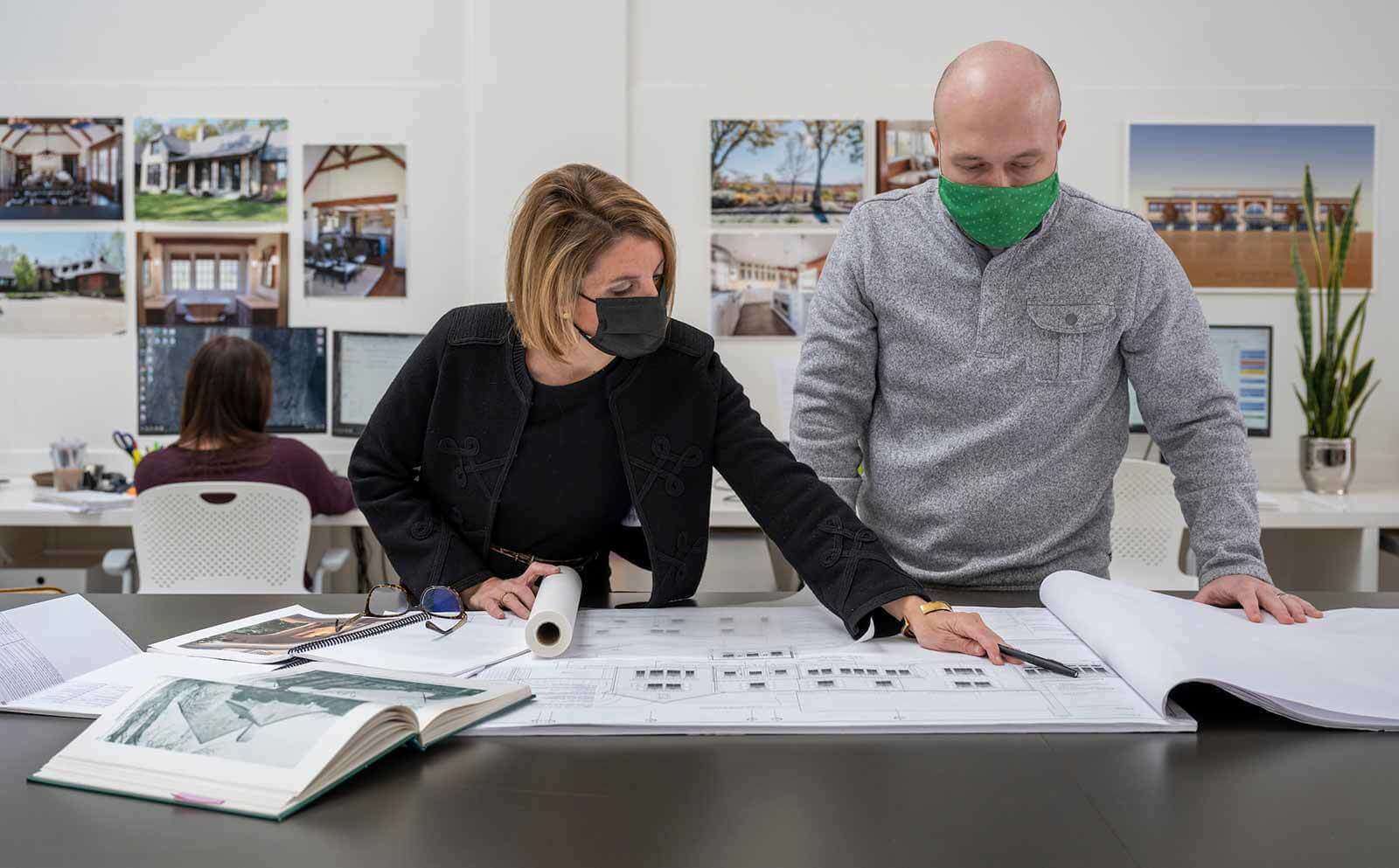
Buccellato pointed to a collaboration with the College of Engineering as one example. In a novel studio course that directly partners architecture and engineering majors, students co-design several building projects, encouraging them to develop the communication and negotiation skills that will be necessary for success after graduation.
The architecture students emerge from the course with a greater ability to articulate their ideas and incorporate another field of expertise into their work, Buccellato said. “If you ever want to be able to get a commission, you have to be able to communicate your work. You have to be able to listen to experts from other disciplines and let their experience and insights make your work stronger — and vice versa,” she explained.
Far from the perception that architecture is not the place for unrepentant extroverts, Buccellato believes the best way to prepare the next generation is by teaching them the skills to communicate and collaborate. Her students gain from her practice-based research and ongoing presence in practice, as it gives them insight into both the challenges and the opportunities for innovation.
Other Stories
